7 tips for planting grass seed to get a greener lawn
Here's how to plant grass seed the right way
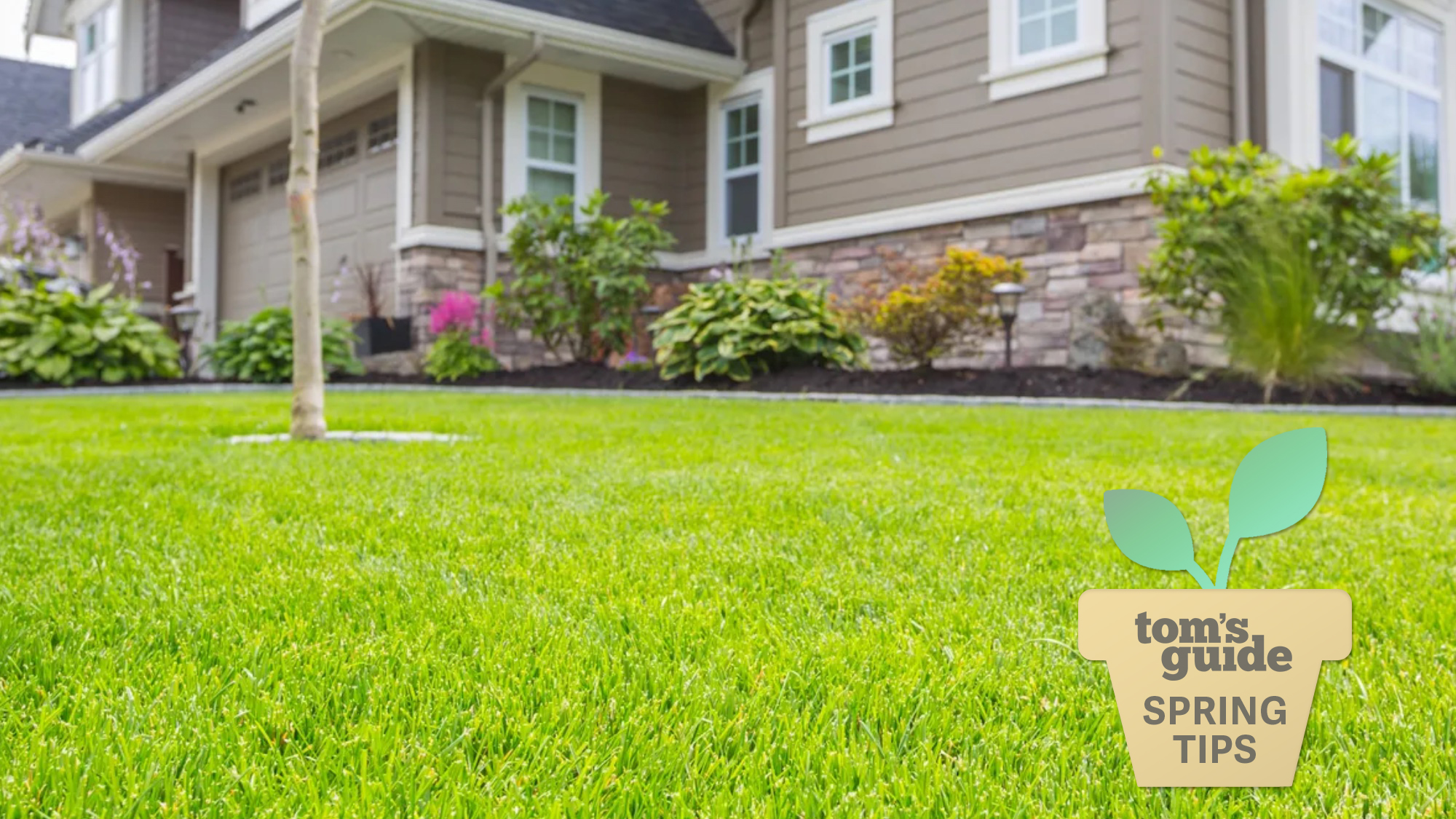
A well-tended lawn is every gardener’s pride and joy, but sometimes it needs a little bit of help to achieve peak condition. Local pests may have left their marks, weeds may have taken over some areas, or perhaps bad weather conditions have left your greenery in poor health. Whether you’re planting your backyard from scratch or simply looking to reinvigorate a fading patch of grass, planting grass seed is a common part of yard maintenance – but one that is a little more complicated than it first appears.
It’s easy to assume that grass is a straightforward plant to grow; it grows organically throughout the country, so why would your backyard be any different? But in practice, there are a few key details that could be the difference between a sparse patch of greenery and the lush, thick lawn of your dreams. As with any part of the garden, grass needs the right fertile conditions to grow, and then careful maintenance to thrive long-term. Fortunately, it’s not too difficult to create this healthy environment for your lawn, as long as you follow the right guidance.
So if you want to avoid these common mistakes you’re making when planting grass seed, here are top tips for planting grass seed for a greener lawn.
1. Understand your garden’s conditions
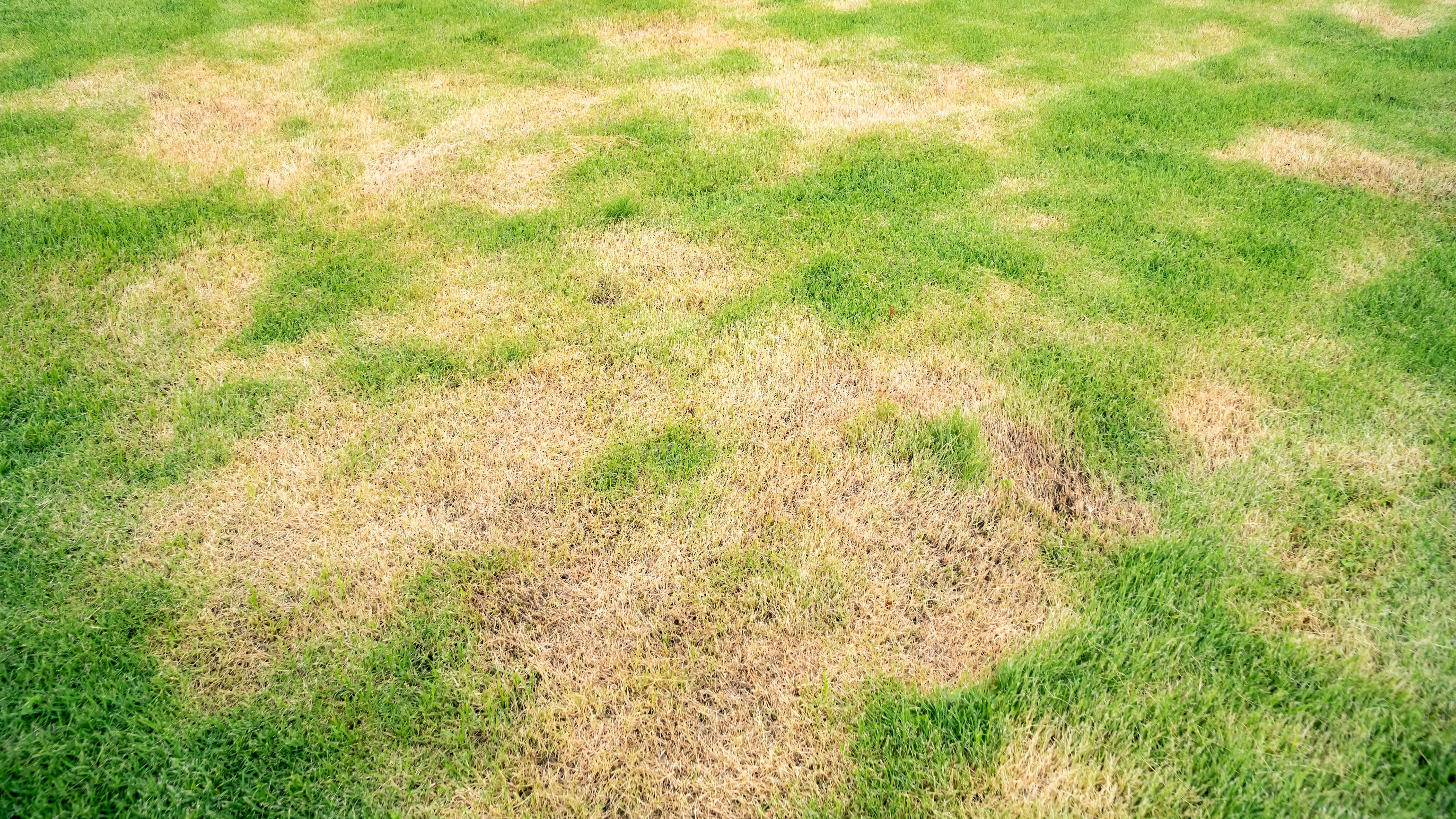
The location of your yard will have a considerable impact on the way you go about planting grass seed. Local climate and soil type will impact which seeds you should plant and at what time of year you should begin planting. In general, grass seedlings are divided into warm-climate and cool-climate buckets, with a range of different varieties that will grow happily in each one. There’s also a third, transitional category for middling climates.
Once you’ve identified the right segment of grasses for your area, you’ll want to factor in the specific conditions of your yard. What kind of soil is in your yard? How much light does it get? Is your area vulnerable to drought? It’s important to know the answers to these questions in advance, so you can select grasses that are adapted for your environment. Otherwise, even your best efforts will leave you with a lawn that struggles to grow healthily. Planning ahead also ensures you’ll be on the right planting scheduling: if you have a cooler climate, you’ll want to begin planting in either early spring or fall, while warmer climates suit planting in late spring and summer.
2. Select your seed packets with care
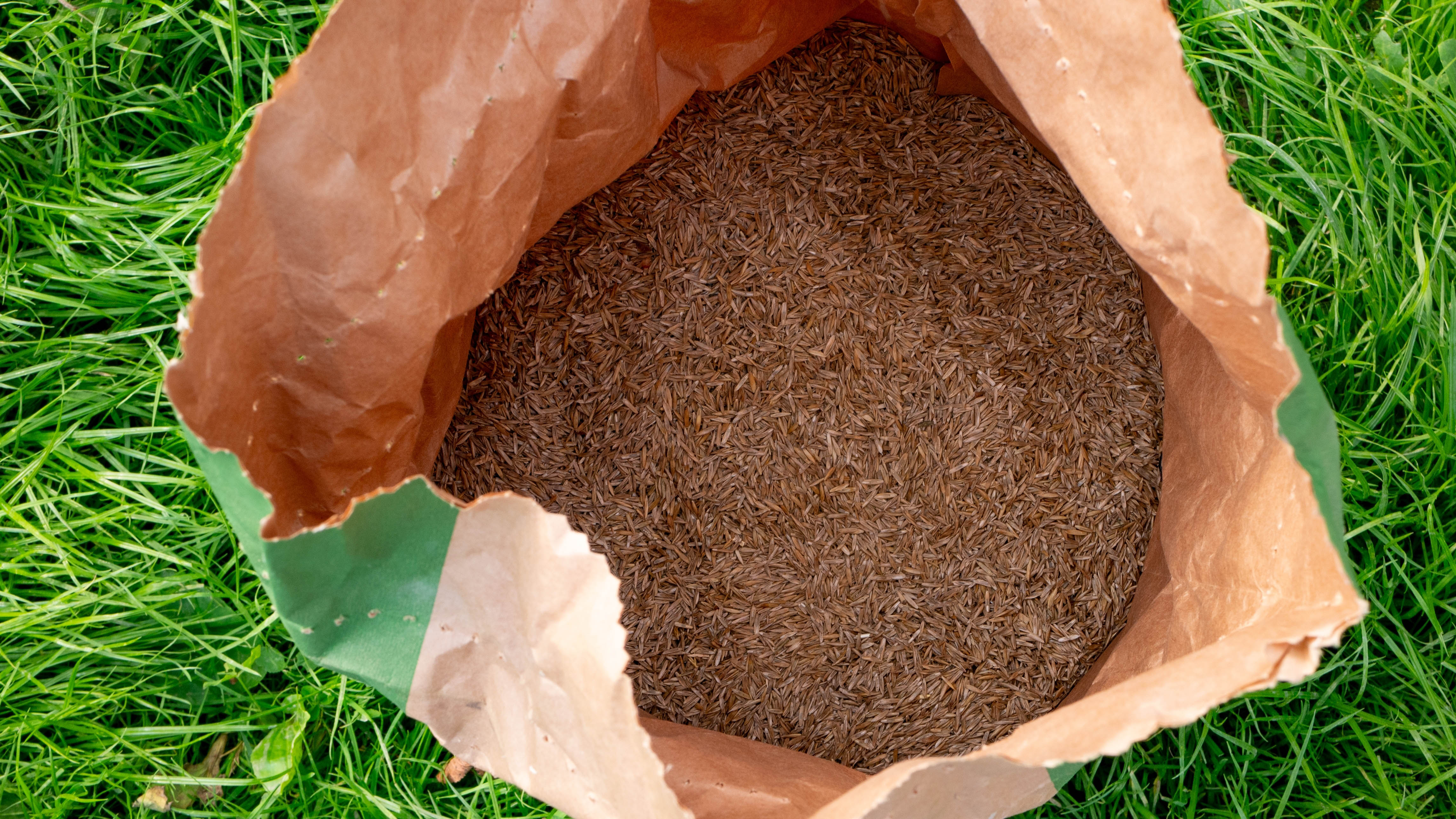
Not all seed packets are created equal. Once you’ve identified which plants you want to grow, you’ll need to obtain the seeds themselves. It’s critical to read the description on the seed packets so that you can see exactly what’s included. Many companies will include additional substances with their seeds, such as fertilizer or filler that can help provide protective cover. In general, you want to avoid any mixes that include weed killer, as this can actually hurt the grass seeds and prevent them from germinating properly. Starter fertilizer is not a bad ingredient, but it’s useful to know if it’s included so you can adjust your fertilizing schedule and avoid accidentally over-fertilizing your grass. Filler isn’t damaging to plants and can actually aid even seed distribution, but some gardeners prefer to avoid it as it takes up room in the packet and may cause you to spend more overall to get the same amount of grass seedlings.
Seed packets will also include critical information that you’ll want to heed when planting, such as the area that it can cover. Due to the extra ingredients in some mixes, weight isn’t a reliable measure for how many seeds are inside; the label will be a better guide. Some seed packets will also mix their grass seeds with other crop seeds. This may be desirable or it may not be, depending on your vision for your lawn, so it’s important to check before you purchase.
Get instant access to breaking news, the hottest reviews, great deals and helpful tips.
G & F 1852-3 Women Soft Jersey Garden Gloves: $11 @ Amazon
Combining practicality with pretty, we recommend these women's gardening gloves for an affordable, but dependable accessory. They ranked as the best gloves for small hands in our best gardening gloves test. We found them to be both comfortable and soft, with good dexterity. Plus, you get three colors in a pack which is amazing value for money.
3. Invest in the right tools
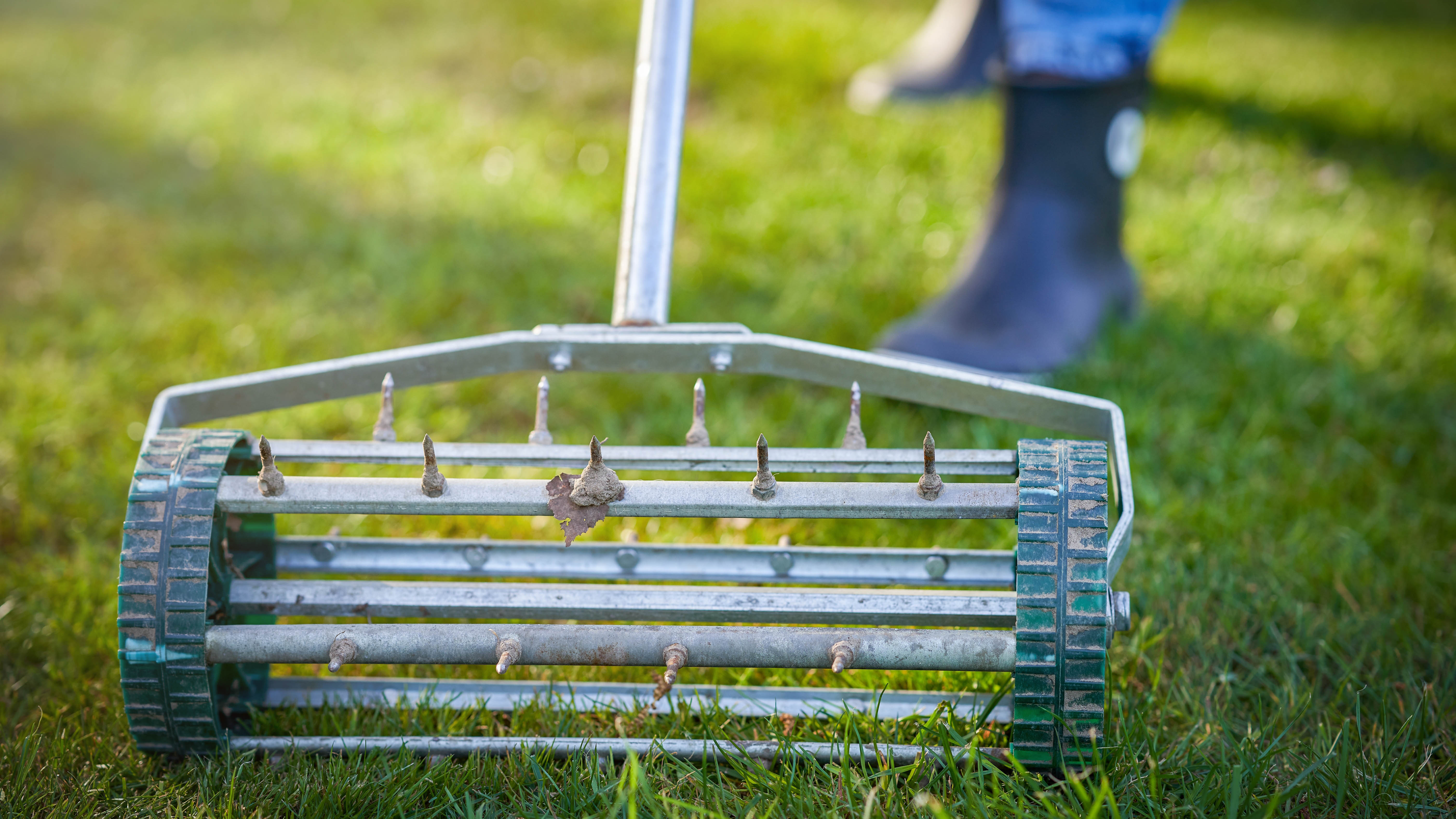
You have two options when it comes to planting grass seed: the manual way, or the mechanically-supported way. Yes, it is possible to plant grass seed with only your two hands and some manpower, but the right tools can help eliminate guesswork and set you up for success. This doesn’t mean you have to invest in the most high-end product on the market – not if you don’t want to. However, a strategic purchase here and there will make planting grass easier and more effective. If you’re planning to enjoy this backyard for years to come, the initial investment should prove to be more than worth it.
One clear example of this is aerating your lawn, which is an important step that helps air to circulate through the soil and reach the roots of your plants. Yes, you can do this with a rake, but a manual aerator – or ideally an electronic model – will be much quicker and more thorough at prepping the soil. Another example is spreading seed. Again, you can simply scatter seed by hand and measure the right amounts by sight, but this will likely lead to patchy areas and overcrowded areas that struggle to thrive. A dedicated seed spreader will be much more accurate at distributing the optimum amount of seed for a healthy lawn. You’ll still need to calculate the right amount of seed for your specific lawn, but you won’t need to worry about executing this calculation.
4. Factor in local pests
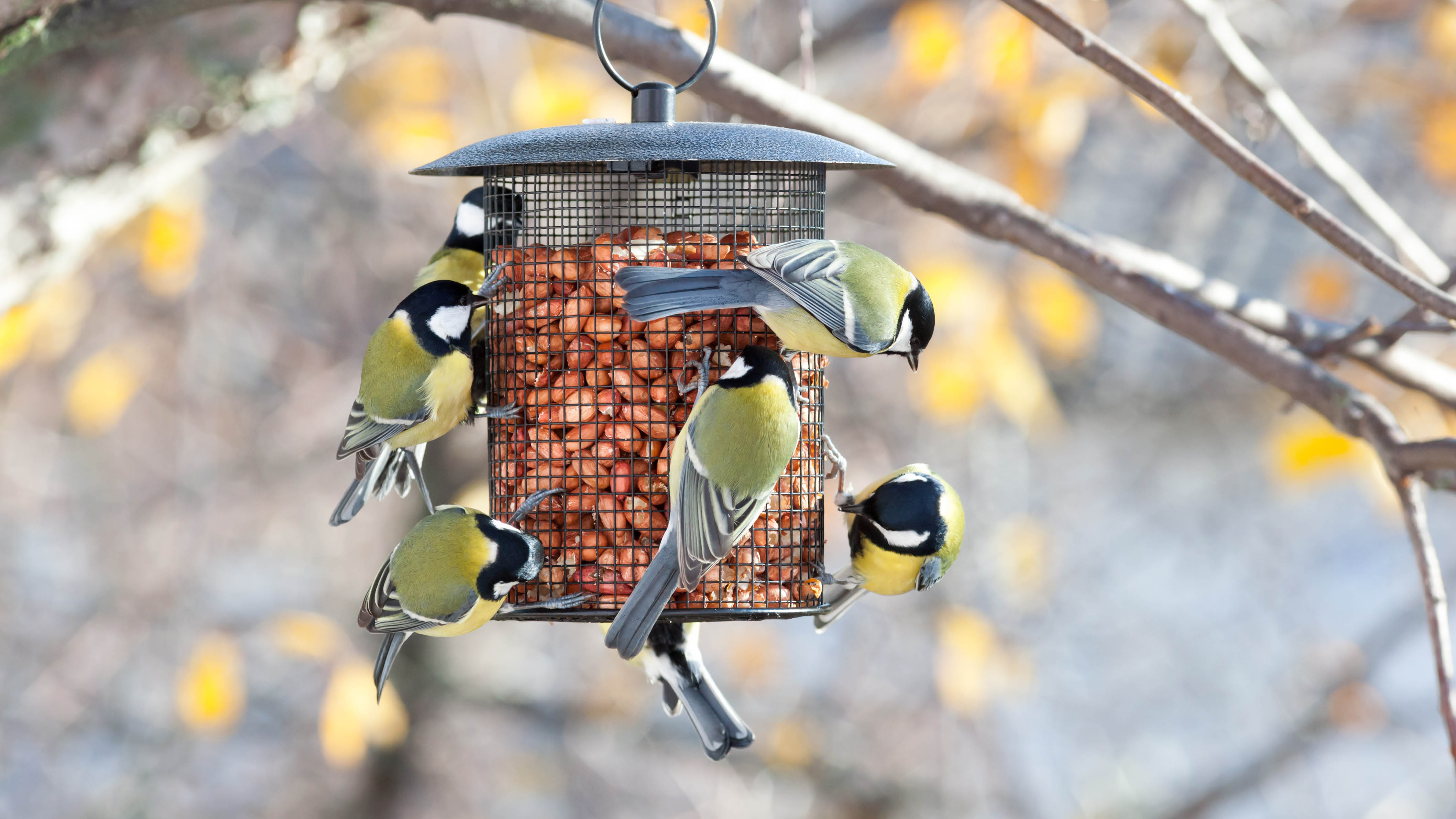
For your grass to truly thrive, it needs to have the time and resources to do so. Hungry birds can snatch up seeds before they have a chance to germinate, even when buried at the recommended ¼ inch under the soil surface. Then there’s competition from other plants: Weeds will compete with the grass for nutrients, water and sunlight, often winning out and leaving the grass to die prematurely. To protect your garden and set the seeds up for success, it’s important to first treat your lawn and remove any weeds that may be lingering. Trying to treat weeds after you’ve planted grass can end up hurting the grass seedlings more than the intended weeds, so avoid planting until you’ve resolved any weed problems.
When it comes to outsmarting any birds in your garden, there are several ways to approach it. Many gardeners prefer to place a layer of mulch or straw on top of the seeds, which both shields them from birds and creates a moisture barrier for improved germination. Just be careful of restricting too much sunlight. Other options include using fine mesh netting as a barrier, using scarecrows or shiny metal surfaces to spook the birds, or installing sound machines to deter them. Or you could go a different route and set up bird feeders far away from the grass, so that the birds will be sufficiently fed and not need to munch on your carefully placed seeds.
5. Apply seeds in moderation
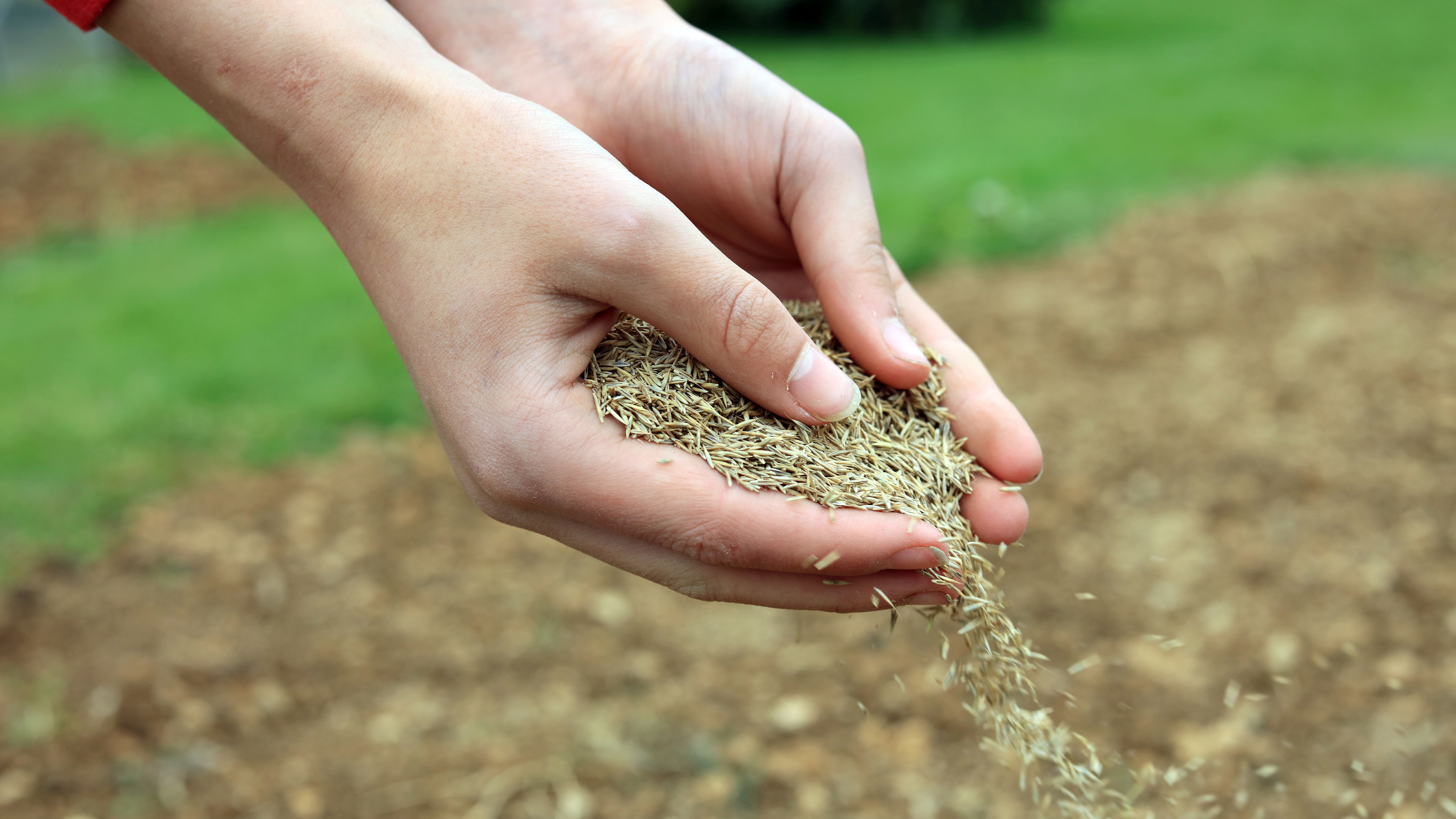
The Goldilocks rule applies to grass seedlings as well as to porridge. You need enough water but not too much, enough seeds but not too many. Achieving this perfect balance can be tricky, especially when it comes to the moisture level. Young seedlings prefer a damp soil to grow in, but oversaturated soil can drown the seeds or even wash them away, undermining all that good work you did sowing them. It’s recommended that you water seedlings 1-2 times a day for optimum water levels in the soil, but be sure to check by hand to see how the grass feels; weather conditions could speed up or slow down the natural evaporation of water in the soil and influence the recommended watering schedule. After the grass has grown a couple of inches, you can cut down on the amount of watering.
When it comes to getting the right amount of seeds, pay careful attention to the guidance on the seed packet and measure your specific lawn area with accuracy. Too few seeds will create a patchy effect, while too many seeds will lead to competition over resources that limits growth. Once you have the right amount for your size of lawn, use a seed spreader for even distribution.
6. Stick to a strict schedule
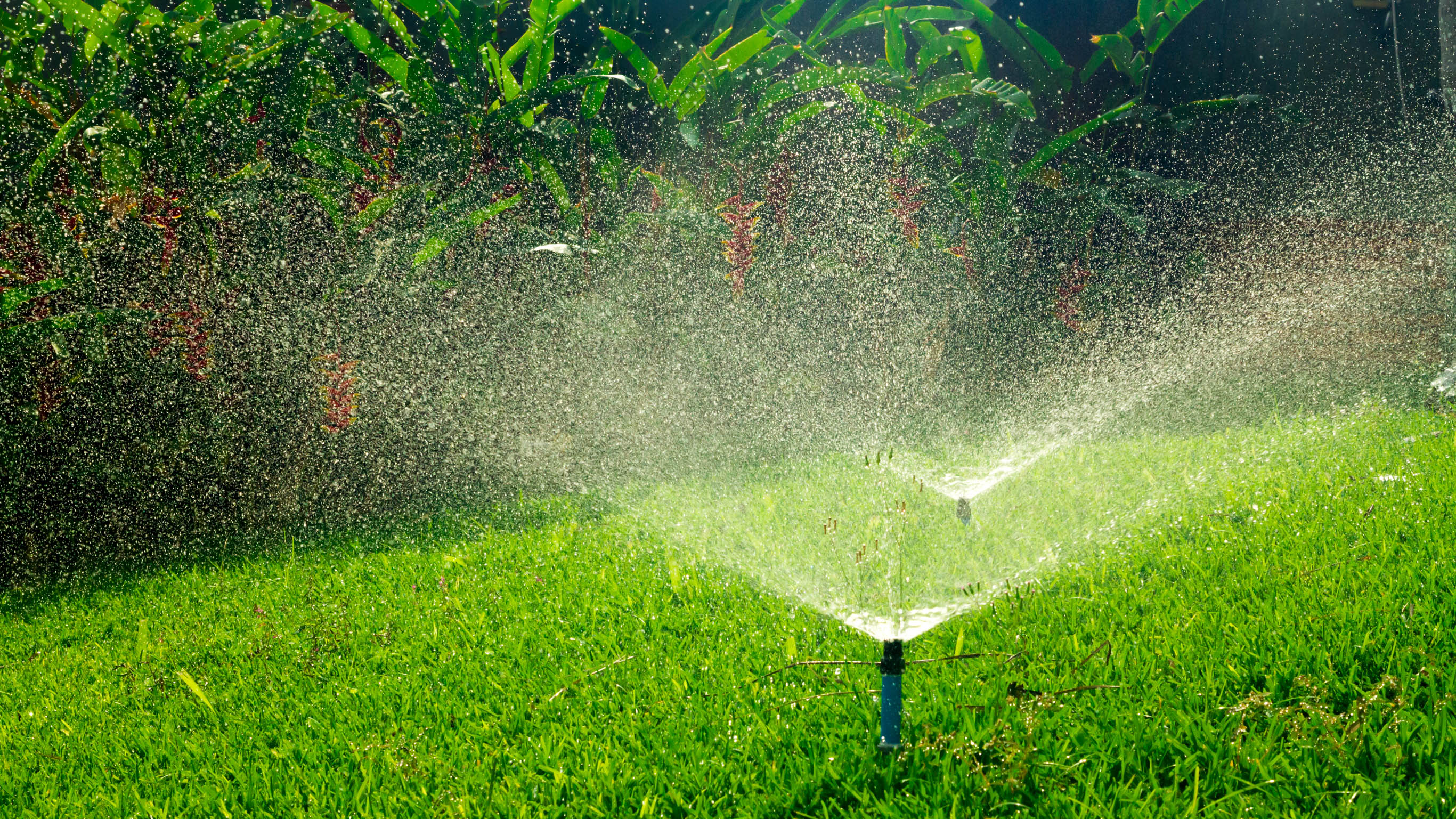
From preparing your soil to planting to fertilizing your plants, there is a right time to do things that will allow your grass to flourish long term. Soil should be aerated annually, whether you are planting on fresh soil or simply topping up an existing lawn, to ensure healthy circulation of air around the plant roots. Planting should be done at the right time of year for your specific climate; this could be early spring or fall in a cool climate, or late spring and summer for a warm climate. By timing these early steps correctly, you are giving your seedlings the best opportunity to thrive.
When it comes to lawn maintenance, there are a few rules of thumb to follow. It is recommended to fertilize at least twice throughout the year, to keep your soil enriched with nutrients that plants need to grow. Depending on your specific soil condition, you may want to increase this amount or switch to a fertilizer that focuses on a particular nutrient. Whether you fertilize at this biannual rate or more often, keeping a consistent schedule throughout the year will help to maintain even nutrient levels so plants are supported year-round.
You’ll also want to keep to a consistent watering schedule for similar reasons, with allowances made for heavy rains or droughts. Lawns prefer about an inch of water a week, so use this metric to determine how much watering you need to provide in addition to naturally occurring rains.
7. Consider the local ecosystem

A beautiful lawn is never out of trend, but there has been a growing movement to incorporate other plant mixes into grass lawns for more environmentally friendly results. A common approach is to combine clover with your grasses, as clover requires less water and is more drought-resistant than traditional grass lawns.
This lessens the lawn’s overall water consumption and actually makes it easier to maintain a lush green garden. Many of these plant mixes also attract local pollinators and help to support the local ecosystem, which is great for native flora and fauna. When planting your lawn this year, you may want to consider utilizing a mix of grasses and clover seeds instead of a single grass seed.
More from Tom's Guide
- Here's how to make your lawn thicker in 7 simple steps
- Or how to stripe your lawn and make it look bigger
- Plus, 9 ways to get the most out of your lawn mower

Despite making her home in urban metropolises, Madeleine Streets has been nurturing a green thumb for decades.
Raised by a garden designer, she is putting that childhood education to use by helping others learn how to make their garden bloom, while filling her own New York home with cat-friendly plants.
When not writing about gardening and the outdoors, Madeleine loves to cook, study wine and borrow books from her local library.

